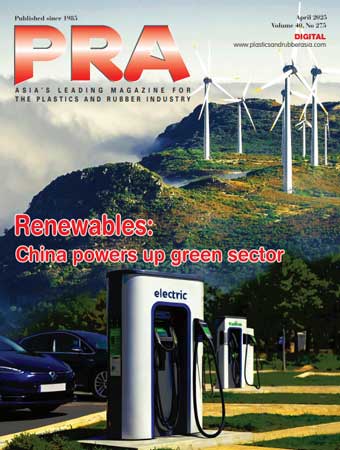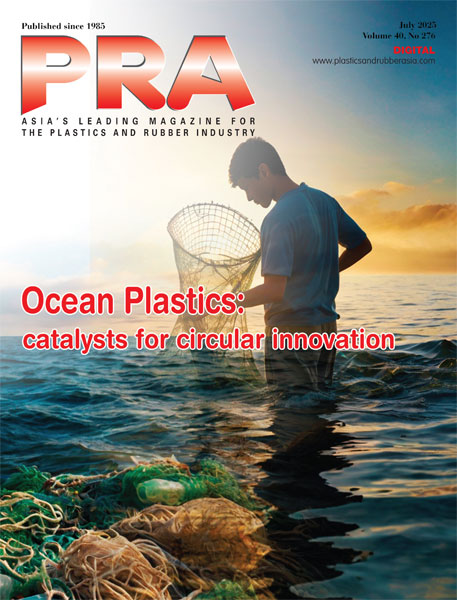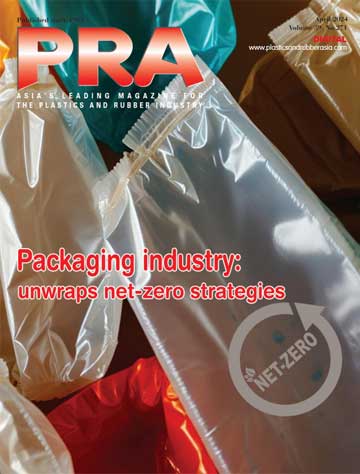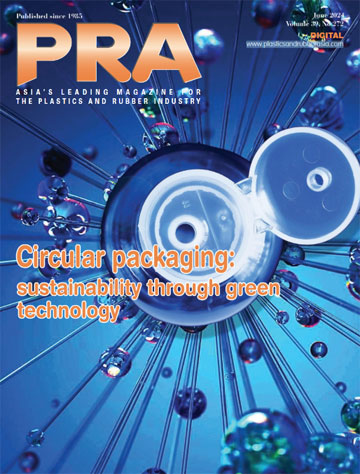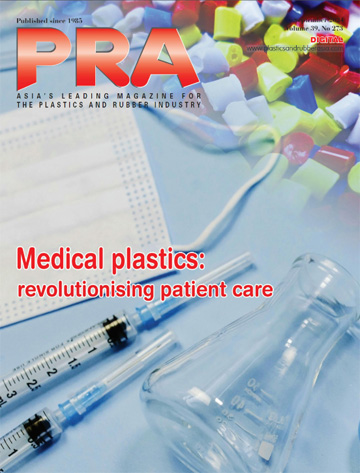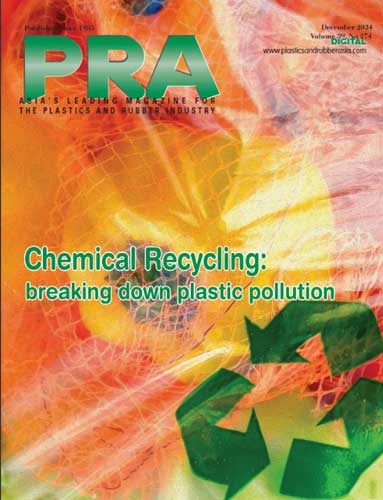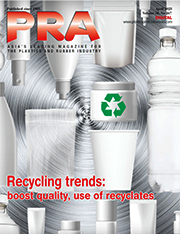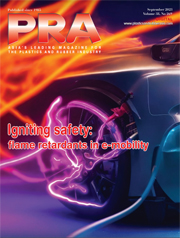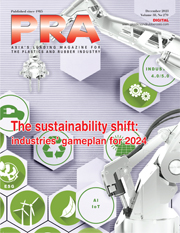K2025: Europe still contender in global machinery sector; focus on digitalisation
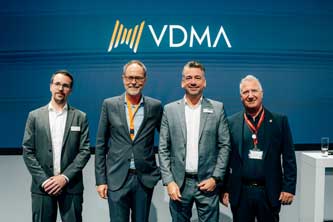
While demand for plastics and rubber machinery from Europe has been declining over the last two years, due to market uncertainties and tariffs, Euromap, the association representing the European plastics and rubber machinery industry, is confident that the buying mood worldwide will pick up again
It adds that despite the foreboding news, Europe still continues to lead the world in the production of plastics and rubber machinery, accounting for over 40% of global output by value – followed by China, the US, and Japan. While recent years have seen a shift in favour of China, Germany still contributes half of the total production in Europe, with Italy and Austria playing key roles.
Furthermore, one of Euromap’s core missions is to establish internationally recognised standards, increasingly based on digital frameworks, to facilitate global cooperation and innovation. This is what Euromap, which represents 500 companies, as an international standardisation body does and it has developed technical recommendations for more than 40 years now.
It adds that about ten years ago, the portfolio was expanded to include digital standards. At that time, the digitalisation of production lines had become increasingly important for future development, competitiveness and sustainability within companies.
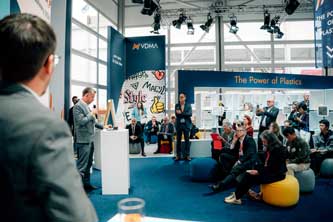
And still, machine data and data communication enable higher efficiency, extended functionality and new business models, provided that the data is consistent. Standards are an essential part of this. Only if all machines speak the same language, data can be used efficiently and comprehensively. Standardisation lowers cost, shortens time-to-value, and makes results repeatable across sites.
Euromap adds that itstechnical recommendations focus on digitalisation and Industry 4.0. OPC UA has been established as the Global Production Language and the association has extended its work to the Asset Administration Shell (AAS) as the standard for the Digital Twin. Together, OPC UA and AAS provide a common language and a durable data model.
This is the foundation for plug-and-produce integration, trustworthy sustainability data, and long-term compatibility, it says.
Tobias Baur, CSO of Arburg and Euromap President, confirms: “Our customers’ benefits are immediately apparent to users and customers: less complexity, fewer interfaces, and quicker setup. Teams solve problems faster, lines run with less downtime, and planning tools can schedule smarter and align production with energy availability and cost. Energy and material flows become transparent, enabling higher efficiency, better recycling, and reliable reporting of the Product Carbon Footprint (PCF).”
(PRA)SUBSCRIBE to Get the Latest Updates from PRA Click Here»

